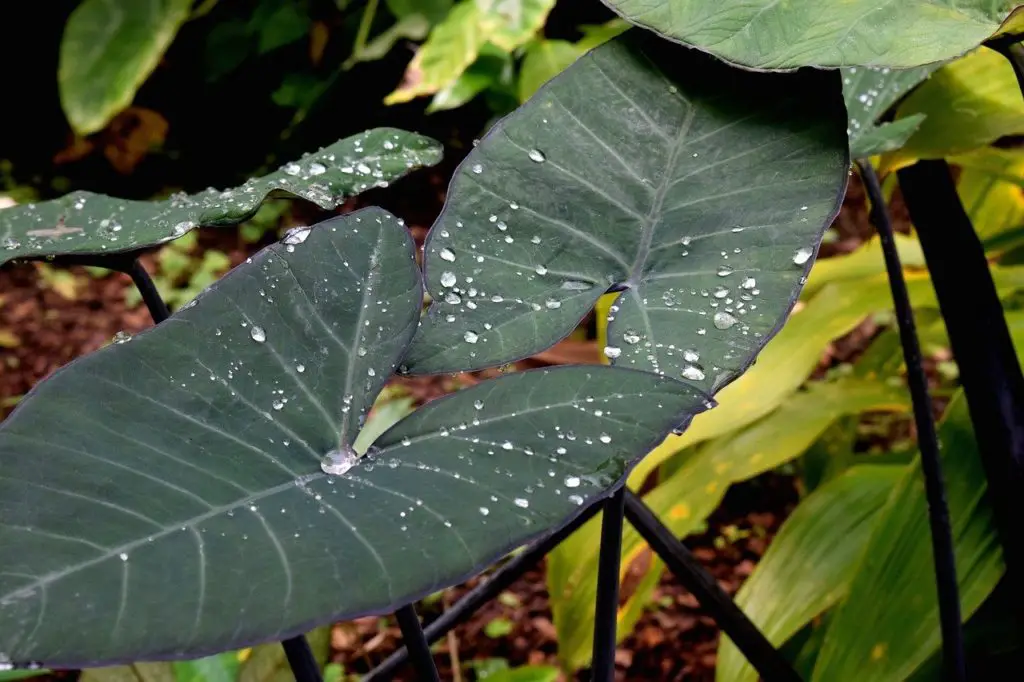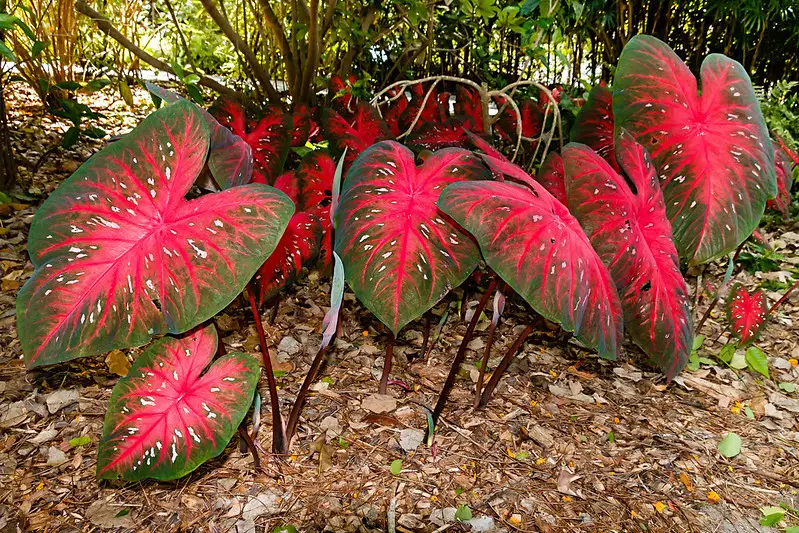We use affiliate links to run our site. When you buy through links on our site, we may earn an affiliate commission, without any added cost to you. Learn more
Welcome to this blog post where we will discuss the best time of year for propagating an elephant ear plant and the different methods you can use to do so.
Elephant ear plants are beautiful and unique, with their large, heart-shaped leaves that resemble the ears of an elephant. Propagating these plants can be a fun and rewarding experience, but it’s important to know the right time and methods to ensure success.
In this post, we’ll go over why spring is the best time for elephant ear plant propagation and walk you through two common methods of propagation: propagation through tubers and propagation through seeds. We’ll also answer some frequently asked questions about elephant ear plant propagation.
So, if you’re interested in growing your own elephant ear plants or expanding your knowledge about them, keep reading!
What time of year is best for Elephant Ear Plant propagation?
You can propagate an elephant ear plant pretty much anytime throughout the year but for best results do it in the spring. This reduces the risks involved with the propagation.
Spring also ensures faster root growth in plants.
Is propagating an Elephant Ear Plant difficult?
Elephant ear propagation is relatively easy compared to other plants. The process is quite straightforward.
How to Propagate Elephant Ears Plants?
There are mainly two ways to propagate an elephant ear plant:
- Propagation through tubers, and
- Propagation Through Seeds

Propagation Through Tubers:
In most cases, we use vegetative propagation methods to grow elephant ears plants.
In winter when the plant is in a dormant stage start digging the soil. At this time you won’t find any leaves on the stem.
Once the soil is loose enough around the roots, take out the plant from the soil.
For this method, we need healthy tubers to grow new elephant ear plants.
Select tubers that have at least one or two new sprouts and are free from any signs of rot. Now brush off any excess soil.
Now with a sharp cutting knife separate the tubers from the parent plant. Leave at least one tuber with the parent plant so you can replant it.
Use the tubers to grow new elephant ear plants by planting them in pots filled with quality potting soil.
Make a planting hole and Place the tuber inside. Cover the tuber with potting soil and water gently.
Why are my elephant ears turning yellow?
You can also cut the main corm into small pieces, each with an eye, and grow those bigger for transplanting.
It generally takes 3-4 weeks before the plant starts to grow, so during this time keep the pot in some shady areas.
Please remember all plant parts of an elephant ear contain calcium oxalate crystals which can irritate the skin. So always wear gloves when handling the plant.
Growing Elephant Ear From Seed:
Rather than using the bulbs, you may also use the seeds that form on the plants.
Although elephant ears bloom infrequently, they sometimes produce calla lily-like yellowish flowers. The central spadix containing the actual flowers is white, yellow, or orange.
Manually pollinate those flowers by transferring the pollen from another plant with a clean cotton swab.
After successful pollination, you will get greenish or yellowish berries each containing several seeds.
You can use these seeds to grow a new elephant ear plant.
Spread the seeds on the soil. If you keep them moist or mist them, they will germinate quickly, within 21 days.
Replace the plant seedlings to larger containers within a few weeks.
Propagation using suckers:
You can also propagate elephant ears through the small side suckers and small offset tubers. This will be a relatively slow process though.
when they become larger in pots or nursery beds, collect those side suckers, and transfer them to the garden.
Which elephant ear is best for you
-
Is it possible to propagate an Elephant Ear Plant from a single leaf cutting?
Unfortunately, you can not grow an elephant ears tree from leaf cuttings. It has to be a central part of the tree.
-
Can You propagate Elephant Ear Plants in Water?
You can propagate an elephant ear plant like Colocasia esculenta, or taro plant, in shallow water. Many elephant ear species grow in swamps and marshes for them you can easily do water propagation.
Conclusion:
While it’s not very common to grow elephant ears from seeds, you can still use the method. or you can divide the roots of your mature elephant ear plant and plant the tubers.
It doesn’t matter whichever method you decide to try, you can still get the desired result.
I hope this post was helpful to you. You can read more about elephant ears in this post. If you find the information helpful here please share it with others too.
Amazon and the Amazon logo are trademarks of Amazon.com, Inc, or its affiliates.

Hi there! My name is Prasenjit and I’m an avid gardener and someone who has grown a passion for growing plants. From my hands-on experience, I have learned what works and what doesn’t. Here I share everything I have learned.
